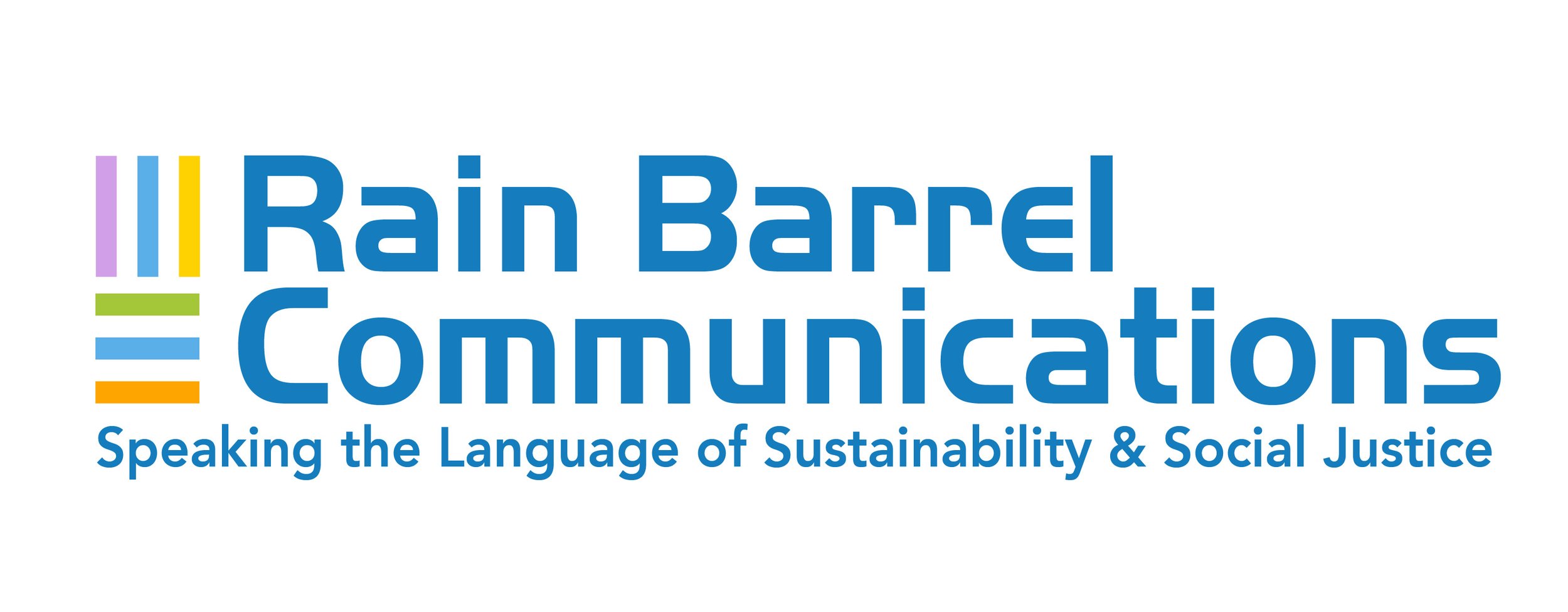Adapting Entertainment-Education Programs During COVID-19: Takeaways from Three Global Organizations
By Amy Henderson Riley, DrPH, Assistant Professor, & Elizabeth Critchlow, MD/MPH student, at Thomas Jefferson University, Philadelphia, PA, USA
Francília Joanze, a PCI Media scriptwriter, wearing an Ouro Negro branded face shield while social distancing with the production team. Photo credit: PCI Media
The COVID-19 pandemic has posed a myriad of challenges and opportunities for social and behavior change communication (SBCC). In collaboration with a group of three practitioners (Meesha Brown from PCI Media; Radharani Mitra from BBC Media Action; and Brenda Campos Nesme from Sésamo) and another researcher (Angeline Sangalang from the University of Dayton), we sought to understand some ways in which entertainment-education – a specific SBCC strategy - adapted during COVID-19. Our paper was recently published in the journal Health Communication. Here are some of the takeaways from our work.
Entertainment-education, or “EE,” is a theory and evidence-based SBCC strategy that embeds educational information into fictional storytelling using a cast of entertaining characters. Unlike a public service announcement where messages are overt and direct, audiences get lost in EE stories, which must be entertaining first and foremost.
EE has been adapted and leveraged for several previous health crises. During the 2014 Ebola outbreak, for example, messages were broadcast in local languages across impacted communities in West Africa to quickly disseminate critical information using existing channels and programs, including several songs like this one by local artists, to provide culturally-relevant information to keep people safe. In response to the Zika outbreak in 2015, Sésamo (Sesame Workshop in Latin America) created short PSA-style clips on YouTube (like this one), using well-loved characters to share safety messages about Zika and mosquito avoidance that were relevant for their young audience and their parents. These videos underscore our first takeaway: EE can work in an emerging health crisis by leveraging existing and loved characters and storylines to create content quickly that resonates with the audience.
While EE is no stranger to adapting to health crises, COVID-19 posed a unique set of challenges to practitioners and researchers alike. Stay-at-home orders and social distancing made producing media more technically difficult. Information changed rapidly, and guidance had to be continually shared from trusted sources to practitioners, then efficiently integrated into programs and disseminated to audiences. Programs had to reach diverse audiences across large geographical areas with varying ranges of literacy and resources.
“EE can work in an emerging health crisis by leveraging existing and loved characters and storylines to create content quickly that resonates with the audience.”
Our co-authors shared how their organizations adapted to this array of challenges in the summer of 2020. PCI Media adapted and produced a radio series in Mozambique alongside call-in shows with local health workers to answer listener questions about the virus on the air in local languages. BBC Media Action created a series of two-minute radio shows for rural and peri-urban audiences across India that used riddles to explain social distancing, symptoms, and treatment-seeking behavior. And Sésamo produced content for learning at home, including a web series with Cookie Monster learning about how to protect himself from the virus.
These cases highlight additional takeaways, or EE ‘essentials,’ moving forward. They demonstrate the importance of starting with existing infrastructure to build capacity, support, and trust, which is critically important in times of fear and misinformation. They also further emphasize how important tailoring to the audience and including local stakeholders at every step of programming is, especially to rebuild trust in this era of public doubt in science.
EE is one specific SBCC strategy that can be leveraged for emerging crises like COVID-19 and beyond. EE leads with entertainment, and incorporating enjoyment and narrative in health messaging can be important for combatting misinformation around COVID-19 by engaging people first. Also, because entertainment-education centers on a core of storytelling, it can be utilized in a variety of different media types and therefore reach people across socioeconomic spaces, including in low-resource areas.
In this era of evolving entertainment and new media formats such as TikTok and social media, we hope to be part of ongoing conversations about what theory and practice of EE as an SBCC strategy will look like moving forward. Contact us if you’d like to connect on this topic: amy.riley@jefferson.edu and elizabeth.critchlow@students.jefferson.edu.

